The beauty of Mashiko ware is tightly related with nature. It is remarkable characteristic of Mashiko ware is that the color and texture of the pottery are gifts from mother earth.
During beginning of the 20th century, people in Mashiko was making Seto porcelain for daily utensils as it was profitable product. However, demand of ceramics began to decline due to development of new materials. It was when Shoji Hamada appeared in Mashiko town. Shoji moved to Mashiko town in 1930 and found the beauty of original Mashiko ware, made of local ingredients. Especially he appreciated earth brown color which is created from ash of local pine tree.
Initially the brown color was used for practical purpose. Local potters used ash of local trees as material of glaze because it was know to have a function of water prevention. Although nobody have regarded the color beautiful, Shoji discovered its beauty and he made some alternation on the ash-made glaze and established the color. He named the earth brown color kaki-iro, literally means color of persimmon. He also prefferd black color made of powdered local rock. The colors changes depending on the temperature of oven as well as how much glaze to put on. It requires high skills and enough experience to create intended color.
Today, this earth brown and black color are representative colors of Mashiko ware and they are still made of only natural ingredients, ash of local trees, powder of local rock and water.
Became interested in folk art? koi Travel offers you unique cultural experiences!
Related Articles
Shoji Hamada, a potter who made Mashiko famous nationwide (1)
Folk art movement in Japan by Sosetsu Yanagi and his friends, Kanjiro Kawai and Shoji Hamada
Bizen ware represents the beauty of incompleteness, caused by nature
A story of an American man who became an apprentice of a Japanese pottery master (1)


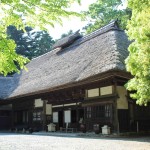
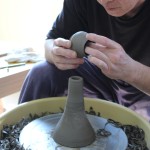
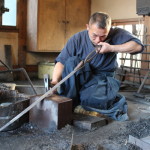
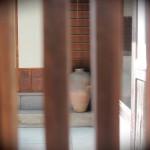
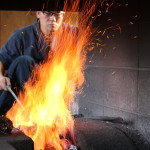 Tatara and Japanese ‘katana’ swords making (1/2)
Tatara and Japanese ‘katana’ swords making (1/2)